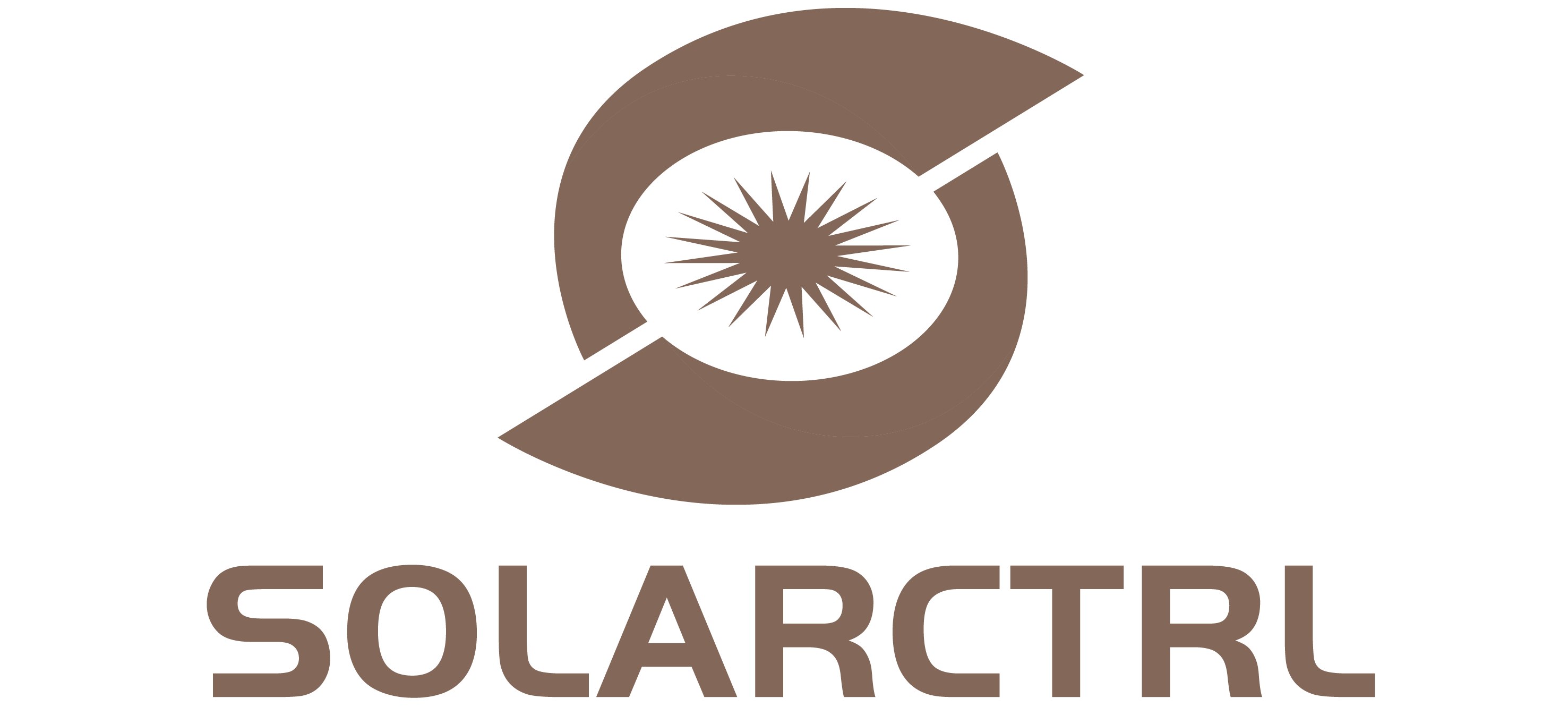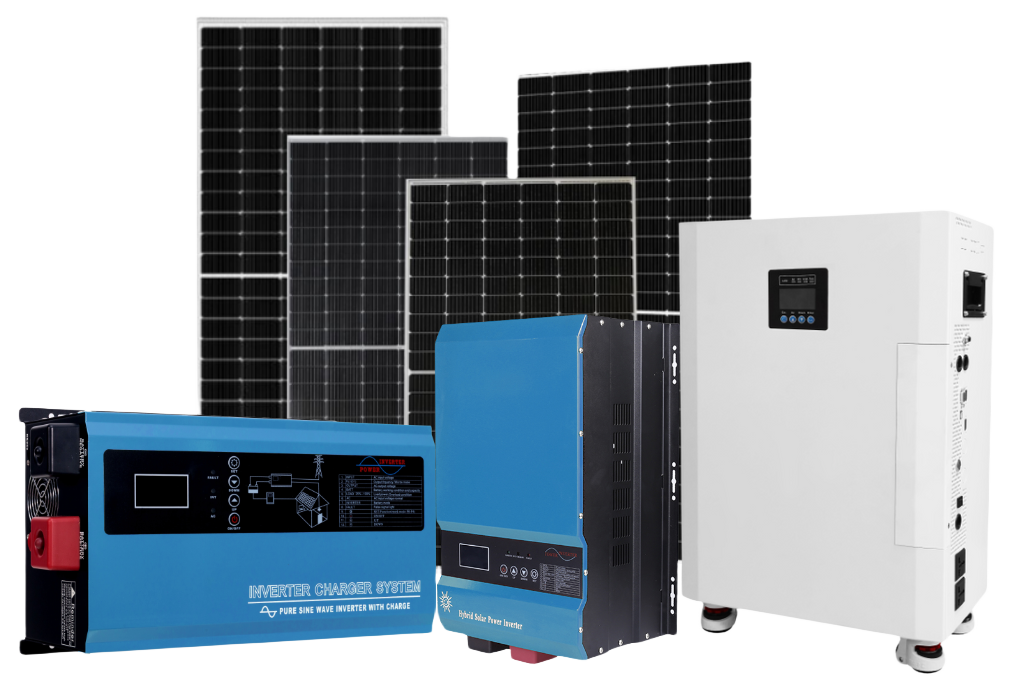Introduction
Have you ever wondered how solar inverters, a crucial component of solar power systems, are packaged and shipped to ensure their safe arrival? When it comes to the transportation of delicate and valuable equipment like solar inverters, proper packaging and shipping practices are essential to prevent damage and ensure successful delivery.
So, what is the ultimate guide to packaging and shipping solar inverters?
Packaging Considerations for Solar Inverters
When it comes to packaging solar inverters, several factors need to be considered. First and foremost, the packaging should provide adequate protection to safeguard the inverters from physical damage during transit. This includes using sturdy, shock-absorbent materials such as foam padding, bubble wrap, or air cushions to cushion the inverters and prevent them from shifting or colliding with each other.

Protection from Environmental Factors
Additionally, the packaging should also protect the inverters from environmental factors such as moisture, dust, and temperature fluctuations. Sealing the inverters in moisture-resistant and dust-proof packaging materials, such as plastic bags or shrink wrap, can help mitigate these risks. Moreover, including desiccant packs inside the packaging can help absorb any moisture and maintain optimal humidity levels.
Importance of Proper Labeling
Proper labeling is another crucial aspect of packaging solar inverters. Clearly indicating the contents of the package, along with handling instructions and any necessary warnings, ensures that the package is handled correctly throughout its journey. This can help minimize the risk of mishandling and ensure that the inverters are treated with the necessary care during transportation.
Selecting Reliable Shipping Carriers
Once the solar inverters are appropriately packaged, attention must be given to the shipping process. Selecting a reliable shipping carrier with experience in handling fragile and valuable items is essential. Collaborating with reputable logistics partners who specialize in transporting solar equipment can provide peace of mind, knowing that the inverters are in capable hands.

Choosing the Right Shipping Method
Furthermore, choosing the appropriate shipping method is crucial. Factors such as distance, time sensitivity, and budget need to be taken into consideration. Air freight is often preferred for long-distance shipments or urgent deliveries, while sea freight is a cost-effective option for larger shipments. Selecting the most suitable shipping method ensures that the inverters are transported efficiently and cost-effectively.
Tracking and Insurance for Added Security
Tracking and insurance play significant roles in shipping solar inverters. Utilizing shipment tracking services allows real-time monitoring of the package’s location and ensures transparency throughout the shipping process. Additionally, insuring the solar inverters against loss, damage, or theft provides an added layer of protection. This helps mitigate potential financial risks and provides recourse in the event of unforeseen circumstances.
Conclusion
In conclusion, packaging and shipping solar inverters require careful planning and attention to detail. By following the ultimate guide outlined above, solar energy companies like SolarCtrl can ensure that their valuable solar inverters are packaged securely, protected from environmental factors, labeled appropriately, and shipped using reliable carriers and suitable shipping methods. By implementing these best practices, solar energy companies can ensure the safe and successful delivery of their solar inverters, ultimately contributing to the growth and sustainability of the solar energy industry.




